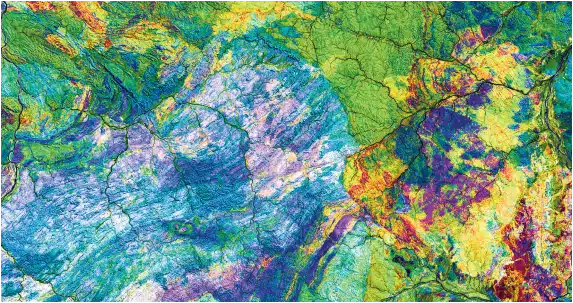The period following the September 11th attacks marked a dark turn for the Philippines, as the U.S.-led ‘War on Terror’ provided the context for a severe human rights crisis. Under the leadership of President Gloria Macapagal-Arroyo, a new convergence of interests with the Bush administration led to a massive influx of U.S. military aid. This support, intended for counter-terrorism, was instrumentalized by a regime with weak domestic legitimacy to violently repress not just armed rebels, but a wide range of civilian political opponents.
Table of Contents
🎯 How Terrorism Became the New Focus
After 9/11, the Arroyo government actively localized international counter-terror discourses to secure U.S. support and justify increased domestic repression. The administration successfully linked internal security threats, such as the Abu Sayyaf Group and communist rebels, to the global threat of Al-Qaeda. This strategy bolstered the political appeal of a militaristic agenda, and U.S. military aid skyrocketed from less than $10 million in 2001 to nearly $74 million in 2002. This aid included training, equipment, and intelligence funds that dramatically enhanced the coercive capacity of the Philippine state.
💣 How the Arroyo Administration Expanded Targets of Repression
Facing serious legitimacy problems, including an election cheating scandal, President Arroyo used the ‘War on Terror’ to consolidate her power. The government arbitrarily redefined the targets of state repression to include not just armed combatants but also left-wing political opposition members, critical journalists, and unarmed student activists. The military created an ‘order of battle’ that listed hundreds of prominent civil society groups and individuals, classifying them as illegitimate enemies of the state. This conflation of terrorism with peaceful activism provided a justification for widespread killings and harassment.
⚖️ The Influx of U.S. Aid and Its Consequences
The vast increase in U.S. strategic support directly fueled the human rights crisis. The aid allowed for a massive expansion of counter-insurgency operations, leading to a surge in collateral deaths and injuries of civilians in conflict zones. It also provided discretionary ‘intelligence funds’ that were used to evade public audits. A prime example of the violence was the 2009 Maguindanao massacre, where 57 unarmed people, including 30 journalists, were killed by a local political clan allied with Arroyo. A subsequent investigation found a weapons cache at the clan’s mansion containing ammunition marked from the United States Department of Defense Arsenal.
—
Regilme, Salvador Santino F., Jr. Aid Imperium: United States Foreign Policy and Human Rights in Post-Cold War Southeast Asia. University of Michigan Press, 2021.
More Topics
- How a Culture of Impunity Fuels Human Rights Abuses
- What is ‘Strategic Localization’ and How Does It Work in Foreign Aid?
- What is the ‘Aid Imperium’ in U.S. Foreign Policy?
- How the Philippines Reversed Its Human Rights Crisis Under Aquino and Obama
- How Thailand’s 1990s ‘Human Rights Renaissance’ Happened
- How Thaksin’s ‘War on Drugs’ Devastated Human Rights in Thailand
- How ‘Interest Convergence’ Shapes Foreign Aid’s Impact on Human Rights

